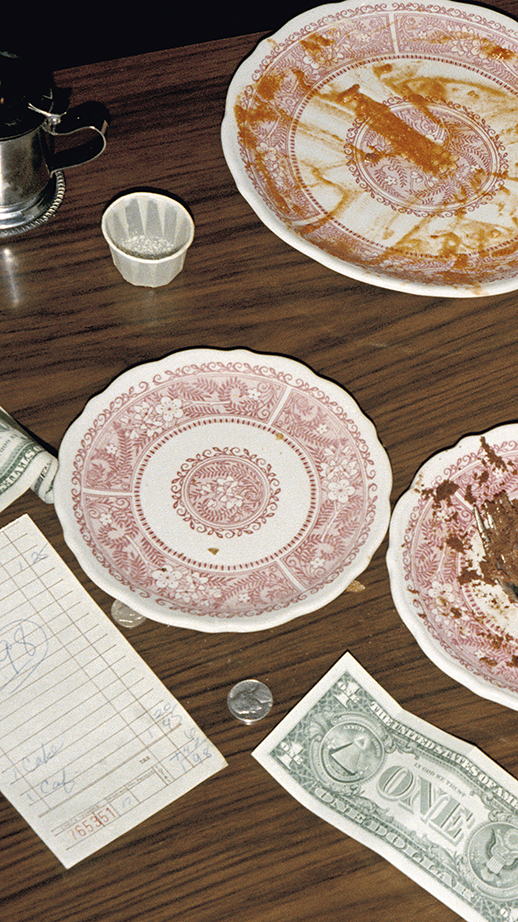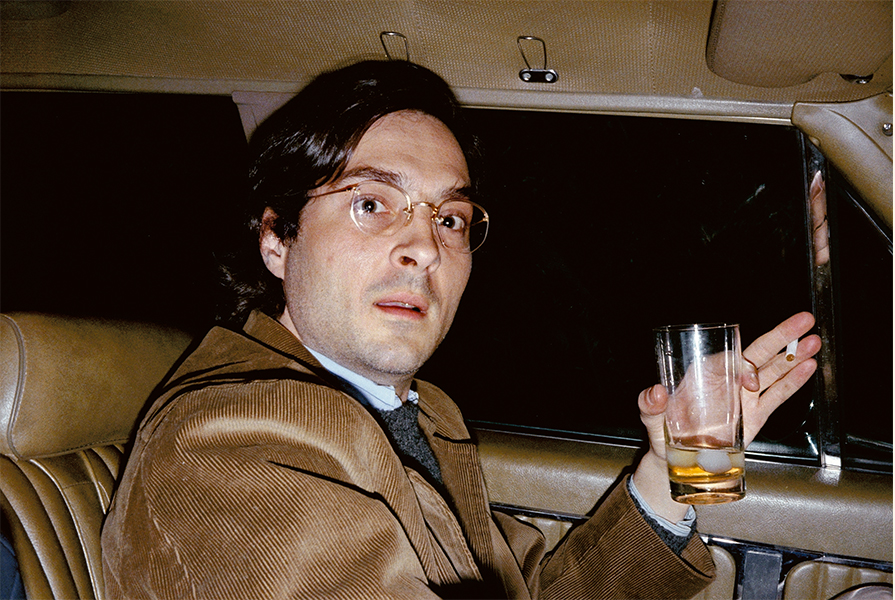American Surfaces
American Surfaces is documentary-photographer, Stephen Shore’s, road trip through the American Southeast in 1972-73.
Essay by Teju Cole
Stephen Shore’s American Surfaces is a road trip, and roads are everywhere in it. Not primarily the open road of the drive, but rather the elevation view of streets in towns and cities, in gray horizontal bands. These roads, like plinths, anchor the lower third of many of the pictures in American Surfaces. The streets below, the skies above, and between them, the flow of time – in the form of buildings, cars, people, and early 1970s culture.
The road trip in question began in the summer of 1972 when Stephen Shore was twenty-four. He went from New York City to Amarillo, Texas, and back. The project was large – Shore visited nineteen states in all, plus the District of Columbia – but it did not seek to be comprehensive. Rather, his approach was both focused and insouciant.
“What am I seeing?” is standard philosophical equipment for every photographer. Shore’s intuition is related but distinct. He asks: “What does my seeing look like?” To find this out, he records, he describes, he documents. The photos are full of feeling, but the feeling is autochthonous, emerging from the fact of vision, not secondarily applied like a stylistic glaze. He stays on the surface of things, understanding the inexhaustibility of surfaces – a street corner captures the moment for what it is, but is somehow also deadpan to an extent that prefigures Google’s Street View.

American Surfaces was initially received with some bewilderment, before it settled into its life as an American classic. American Surfaces evokes a sun-stunned road-trip sprawl with some regular features: the 2×3 format of the Rollei 35, the horizontal disposition (nothing in vertical “portrait” mode), the specific hues of Kodacolor film. But it also presents, side-by-side and with unprurient candor, many different kinds of time. A breakfast Shore photographs in the morning is by that evening in the toilet. The beds are made and remade on a diurnal cycle. The clothes will be out of fashion in a couple of years, and the cars will be obsolete in five or ten. Many of the people we see will be alive half a century later, many not. The buildings on those numerous ribboning roads might last dozens of years, or hundreds, or be demolished to make way for other buildings. As for the mountains on the horizon: they’ll be there long after everything else passes away.
